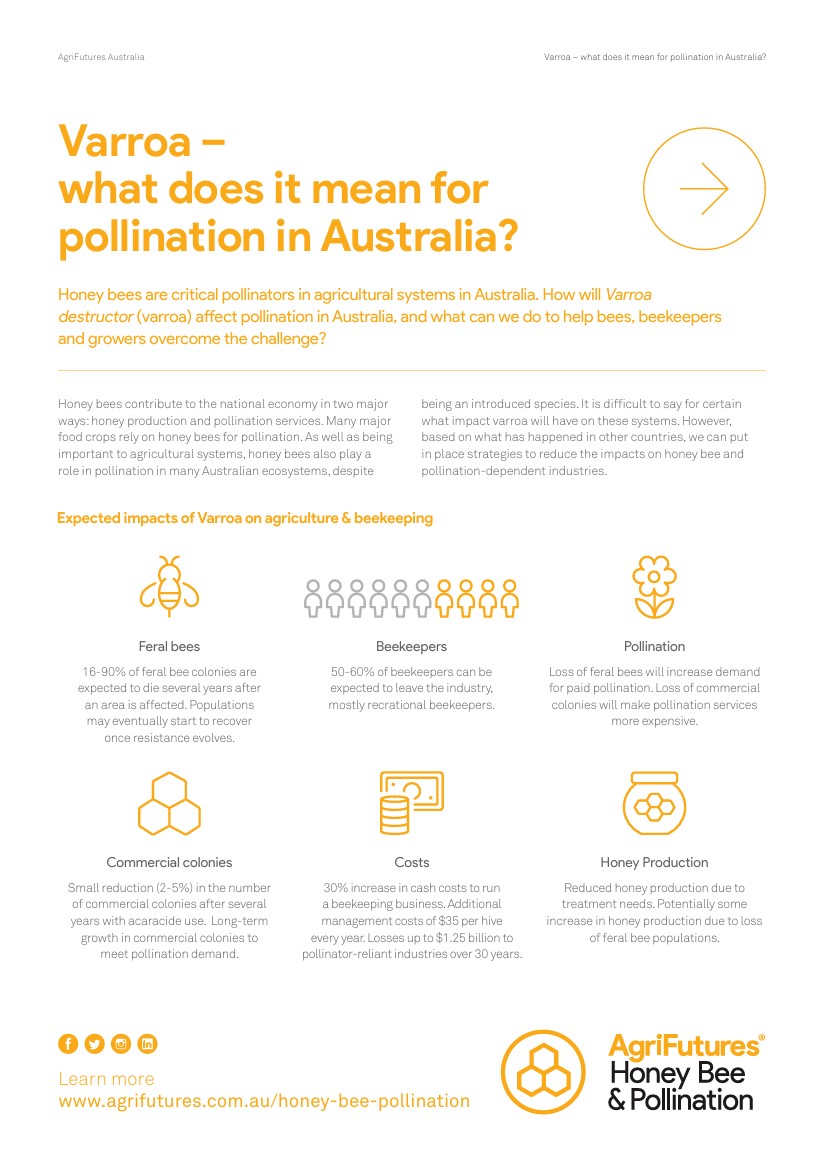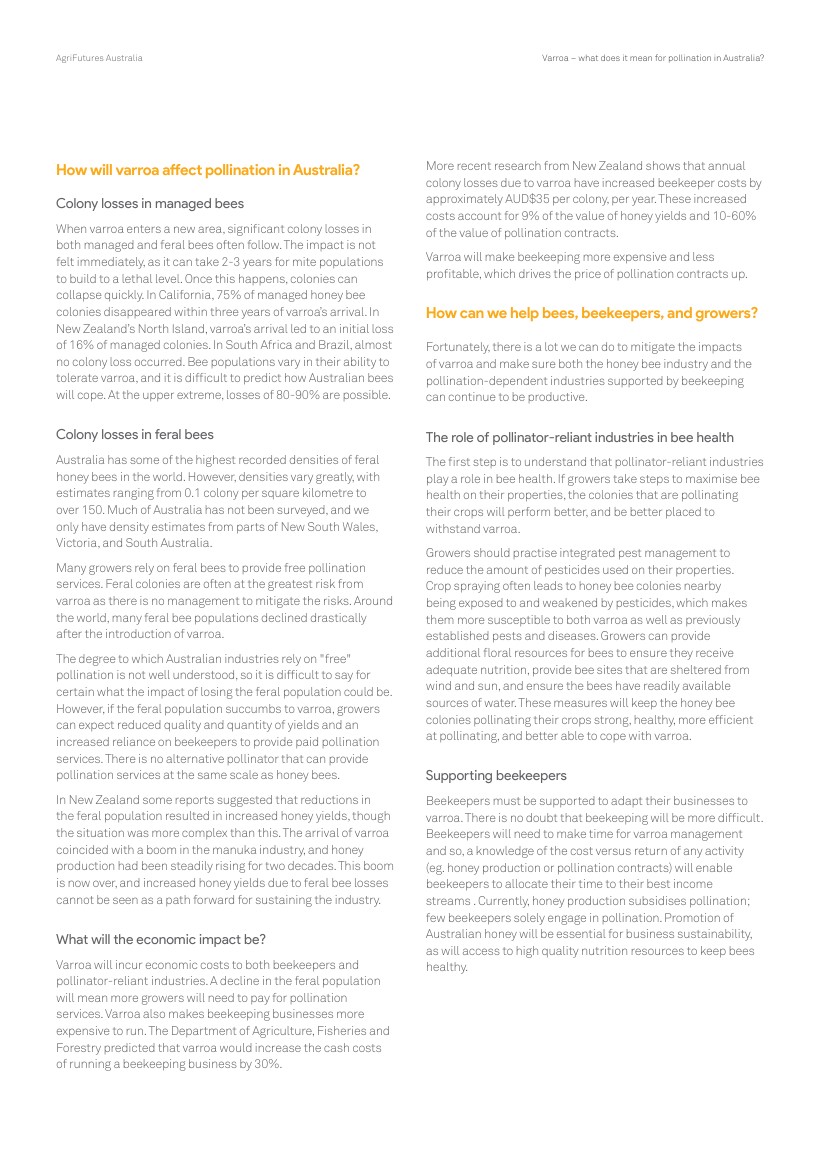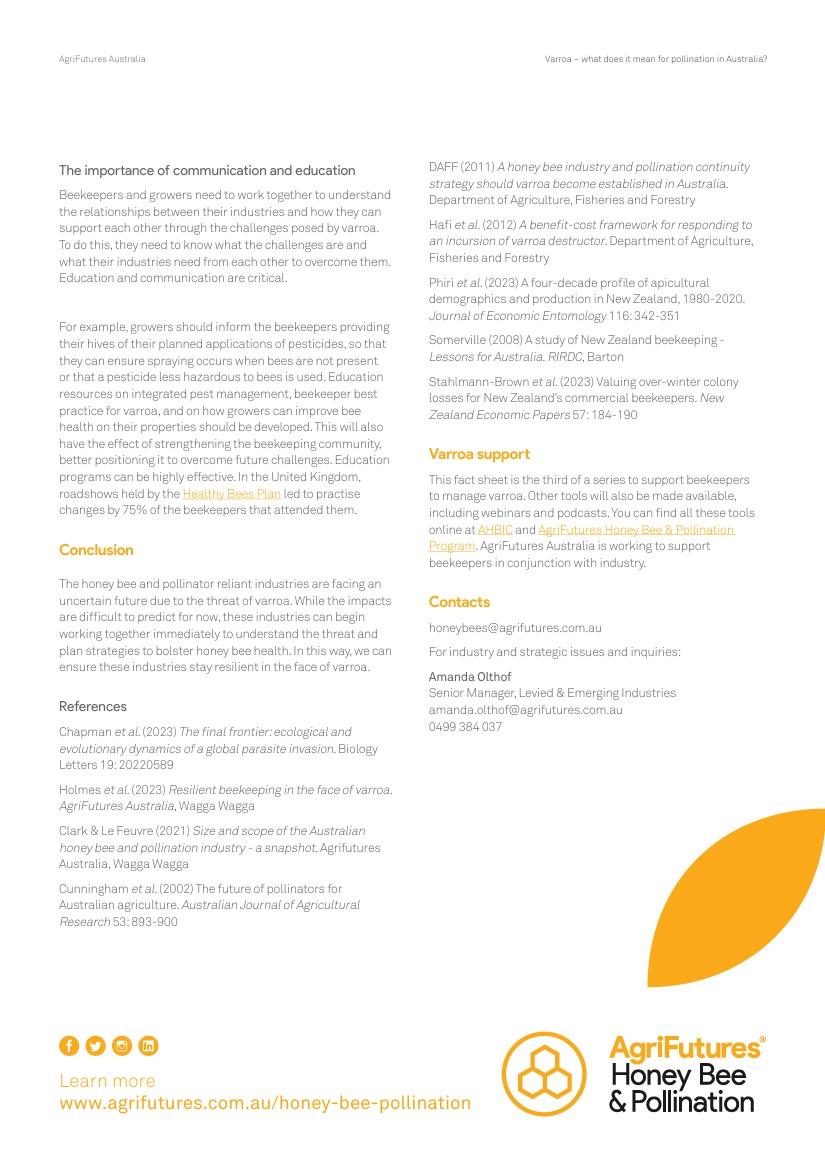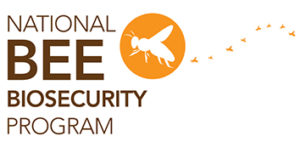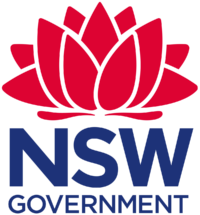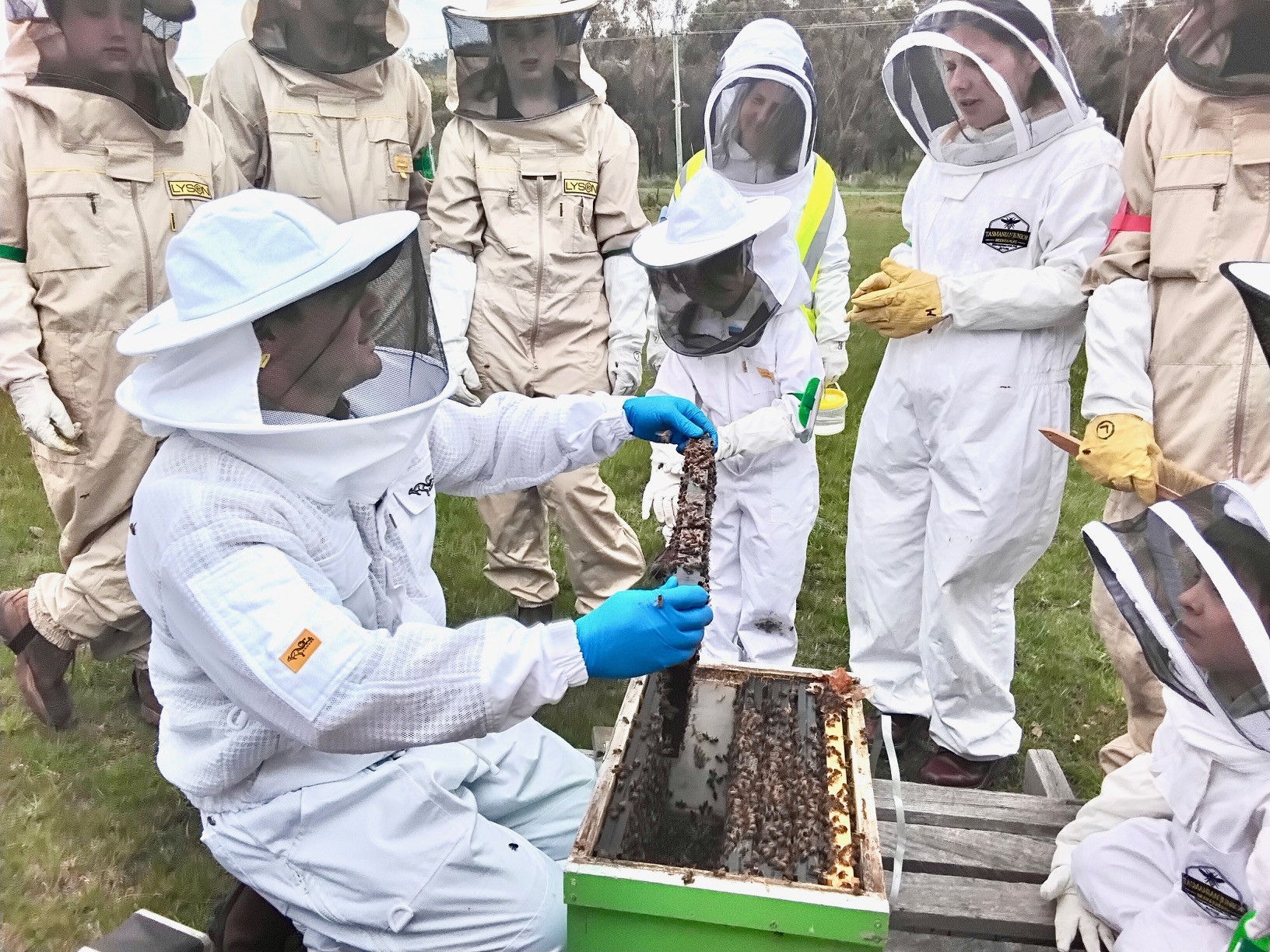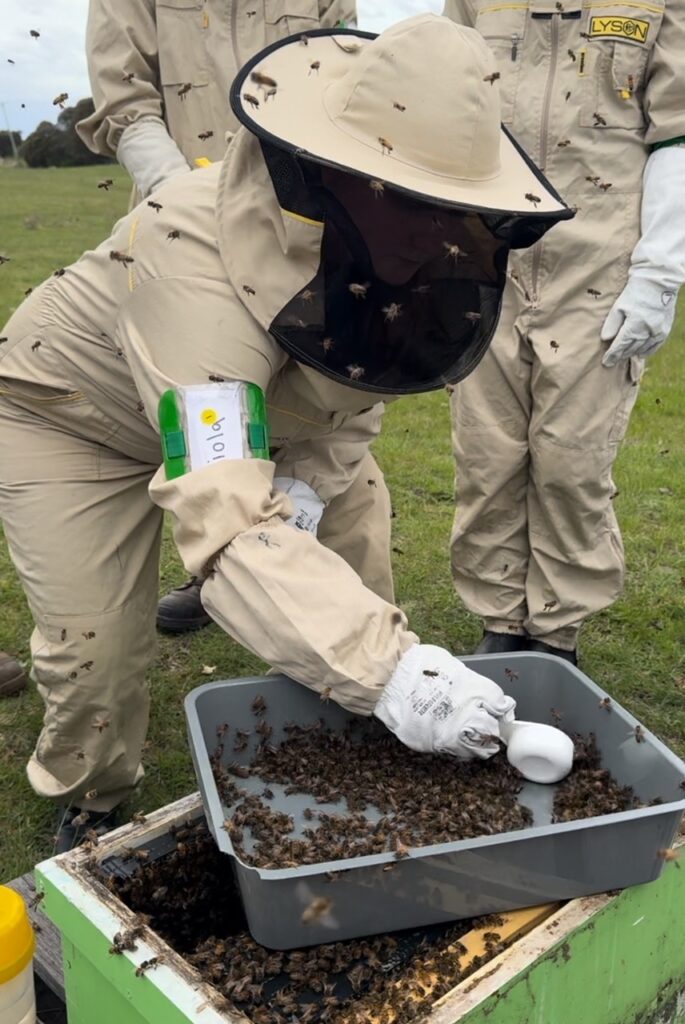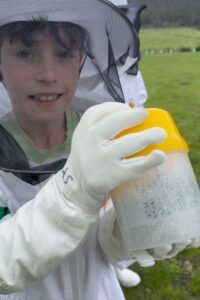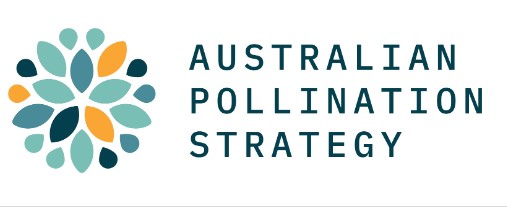
The grant has been awarded to a collaboration led by the Wheen Bee Foundation, which is partnering with agriculture and beekeeping industries, environmental organisations, businesses, governments and research institutes to deliver a comprehensive pollination strategy for Australia.
Wheen Bee Foundation CEO Fiona Chambers said this was a critical moment in time for everyone connected to pollination in Australia.
“For the first time, we have representatives from all sectors connected to pollination at the table, ready and now able to work together to improve pollination, to bolster biodiversity and increase food security in Australia,” Ms Chambers said.
“We wouldn’t have been able to secure this funding without all the partners on board, and I want to thank them all for their commitment to this important work.”
Ms Chambers said the $1 million grant from The Ian Potter Foundation leverages the $1.3 million cash and in-kind support already committed by key partners, who are all keen to advance pollination outcomes in Australia.
“We all know the challenges facing pollination in this country, from biosecurity issues and diseases, to increasing demand from industry, limited co-ordination in policy development and research, market dysfunction within the beekeeping industry, and environmental issues including reduced habitat and increasing use of pesticides.
“That’s why it is critical that we develop a plan for pollination that is informed by science, strategic in its vision and co-ordinated across all sectors.”
The Ian Potter Foundation CEO Paul Conroy said the Foundation is pleased to support this important project.
“The creation of a national strategy offers excellent transformative potential to help Australia prepare for looming threats to the environment, including food production and security.
“We are greatly encouraged by strong collaboration between dozens of industry partners, environmental groups, corporate partners, research institutions, and state and territory governments informing the strategy.”
The five-year Australian Pollination Strategy project starts on October 1, with the appointment of a leadership team with representatives from pollination-dependent agriculture sectors, the beekeeping industry, environmental organisations and research institutes. The first key milestone will be the delivery of a Pollination Security Status Report.
“This Status Report will provide a clear understanding of the current situation for pollination in Australia, the threats and the opportunities,” Ms Chambers said.
“Then we will undertake industry-wide collaboration to develop the Australian Pollination Strategy, to ensure every sector has the opportunity to have a say on their situation and needs.”
This thorough engagement process will enable the development of a strategy that sets out a clear path to secure pollination for Australia.
“We have the opportunity to address some of the big challenges, and unify the many industries involved in a common understanding of the real issues surrounding pollination in Australia,” Ms Chambers said.
“Then it will be all about implementing the strategy, securing funding for the necessary research, rolling out the extension activities and, importantly, developing a model to ensure the Australian Pollination Strategy lives beyond this five-year project.”
For information on how to take part in the Australian Pollination Strategy, visit pollination.org.au
Support for the Australian Pollination Strategy
The Australian Pollination Strategy project is being funded by The Ian Potter Foundation, along with support from Hort Innovation, Australian Farming Services, Euroley Pty Ltd, Hive IQ, Stahmann Webster and Fresh Country Farms.
The project has also received support from Bush Heritage Australia, Plant Health Australia, Australian National University, University of Sydney, Monash University, CSIRO, AgLive, Australian Seed Federation, Australian Honey Bee Industry Council, Berries Australia, Northern Territory Government, Beechworth Honey, and Balliang Consulting.
Organisations wishing to take part in the Australian Pollination Security can contact aps@wheenbeefoundation.org.au




